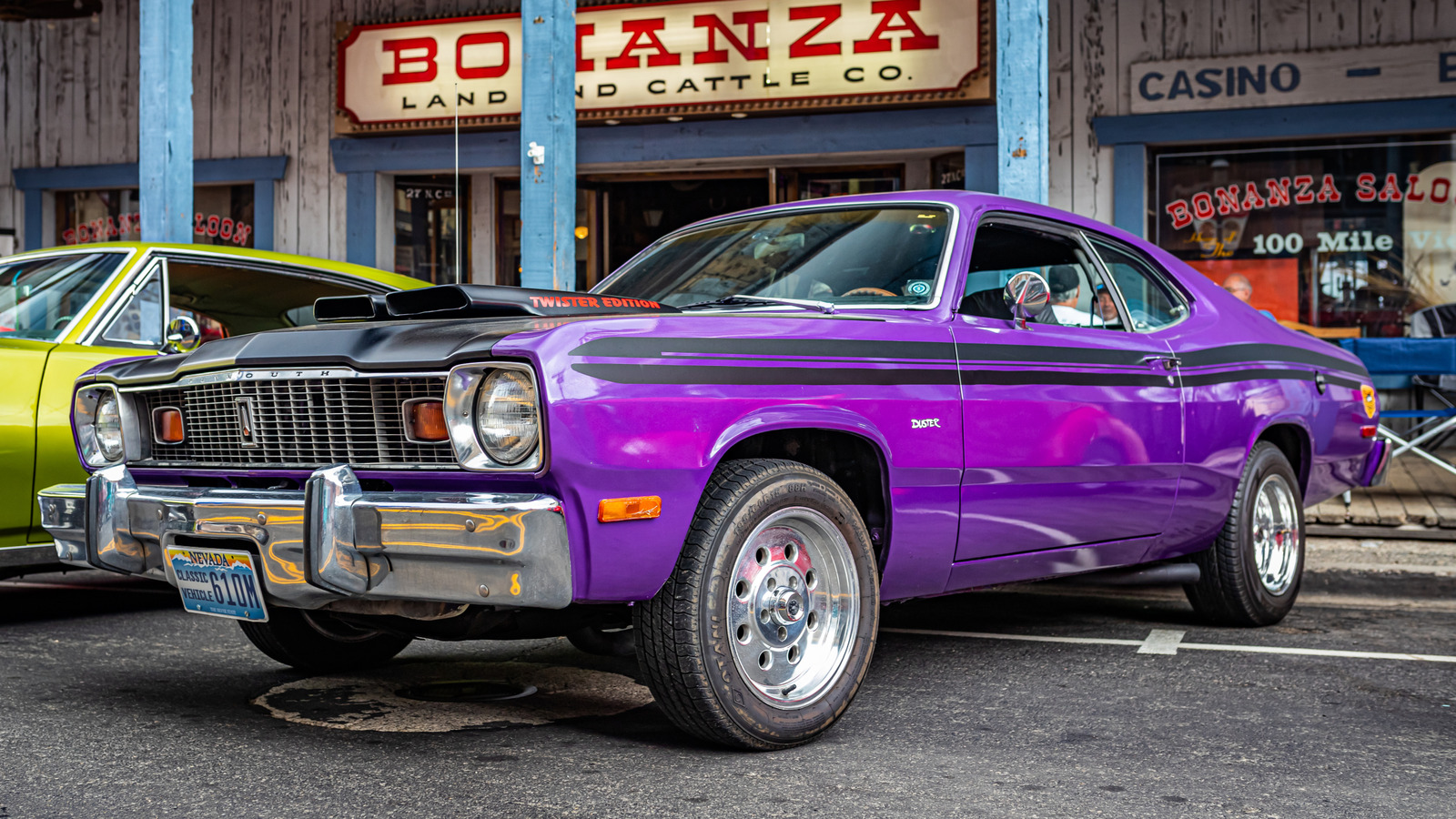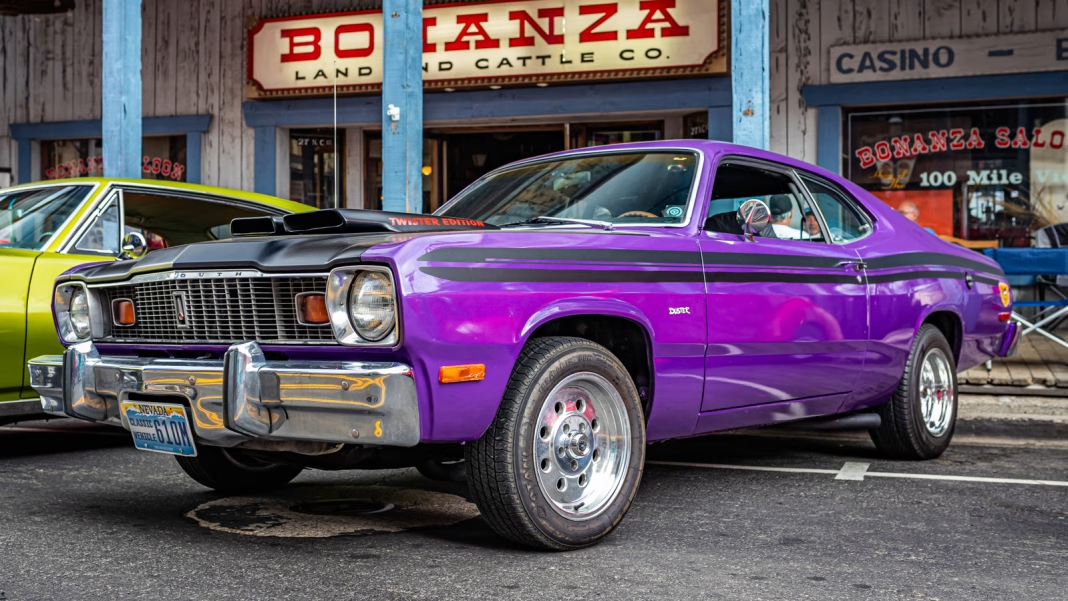What Do A-Body and B-Body Mean for Classic Mopar Cars?
If you’ve ever admired a brawny Dodge Dart or a menacing Plymouth Road Runner, you might have heard folks toss around terms like A-body and B-body. These aren’t just random letters—they’re the keys to understanding what makes each Mopar muscle car tick. So what’s really behind these designations, and why do they matter to enthusiasts and collectors alike?
How Did Chrysler’s Body Codes Come About?
Back in the 1960s and 70s, Chrysler—parent company to Dodge and Plymouth—used a simple system to organize its cars. Each “body” code referred to a specific platform, which determined the car’s size, chassis, and sometimes even its performance potential. Think of it as the automotive equivalent of shoe sizes: A-body cars were the compacts, while B-body cars were the midsize heavy-hitters.
What Cars Are Considered A-Body Mopars?
A-body Mopars are the smaller, lighter members of the family. If you picture a 1968 Dodge Dart or a Plymouth Valiant, you’re on the right track. These cars were built for nimbleness and affordability, making them popular choices for budget-minded buyers and drag racers alike. Their wheelbases typically ranged from about 106 to 111 inches, which gave them a tight, tossable feel on the road.
A-bodies weren’t just about being small, though. Their lighter weight made them surprisingly quick, especially when fitted with Chrysler’s legendary small-block V8s. It’s no wonder you’ll still spot them at drag strips today, often running circles around bigger, heavier cars.
Which Mopars Fall Under the B-Body Banner?
B-body Mopars are the muscle car icons you see plastered on posters and in Hollywood chase scenes. We’re talking about the Dodge Charger, Plymouth Road Runner, Dodge Coronet, and Plymouth GTX. These cars were a step up in size, with wheelbases typically between 115 and 118 inches. The extra length and width gave them a more commanding presence—and room for bigger engines.
B-bodies were the platform of choice for Chrysler’s most famous powerplants, including the 426 Hemi and the 440 Six Pack. If you’ve ever heard the thunder of a Charger R/T or watched a Super Bee tear up the quarter mile, you’re witnessing B-body muscle at its finest.
Why Does the Difference Matter to Collectors and Drivers?
It’s not just about size. The A- and B-body platforms each have their own driving personalities. A-bodies are agile and easy to modify, making them favorites for grassroots racers and anyone who loves a car that feels lively on backroads. B-bodies, with their longer wheelbases and wider tracks, offer a more stable ride at high speeds and a classic muscle car stance that turns heads at every cruise-in.
From a collector’s standpoint, rarity and desirability often hinge on these distinctions. Certain B-body models—like the 1970 Plymouth Superbird—have become blue-chip investments, while A-bodies offer a more affordable entry point into the Mopar world.
Are There Performance Differences Between A-Body and B-Body Cars?
Absolutely. While both platforms could be optioned with potent V8s, the B-bodies were designed to handle the biggest, most powerful engines Chrysler had to offer. That means more straight-line speed and a beefier suspension to keep things under control. A-bodies, on the other hand, shine in the corners and can be easier to handle for newer drivers or those looking for a more balanced feel.
It’s worth noting that many drag racers have gravitated toward A-bodies over the years. Their lighter weight means less mass to move off the line—a crucial advantage when every tenth of a second counts.
How Do You Spot the Difference at a Glance?
If you’re at a car show and trying to tell an A-body from a B-body, start with size. A-bodies are noticeably smaller and often have a more compact, upright look. B-bodies stretch out, with longer hoods and a wider stance. Look for model names, too: Darts, Valiants, and early Barracudas are A-bodies, while Chargers, Coronets, and Road Runners are B-bodies.
A quick tip: Pop the hood. If you see a massive Hemi or 440 engine, you’re probably looking at a B-body. If the engine bay looks a bit more snug, chances are it’s an A-body.
What’s the Real-World Impact for Today’s Enthusiasts?
Whether you’re restoring a classic or just daydreaming about your next project, knowing the difference between A- and B-body Mopars can save you time, money, and headaches. Parts don’t always interchange, and performance upgrades that work on one platform might not fit the other. Plus, the driving experience is totally different—so it pays to know what you’re getting into.
The big takeaway? Choosing between an A-body and a B-body Mopar isn’t about picking the “best” car—it’s about finding the right fit for your style, budget, and driving dreams. Start with what excites you, and you’ll discover that the real magic of these classics comes from making them your own.


